
OR

Usually you’re doing it before it even registers; multitasking. When your head is all over the place, and your to-do list even more so, it’s time to cram weeks’ worth of work in a few days. And how do you get it done? That’s right, by doing multiple things at the same time.
However, many studies have shown that multitasking actually makes you lose time rather than save it. We often forget to realize the hidden in-betweens that we lose time on. So make sure that when you’re performing a number of tasks, you give them all the attention they deserve. When it comes to tackling a plethora of things, it’s best to approach them with an open and skilled mind. But that being said, here are a few tips on how you can master the skill of multitasking.
Kind of work
The first trick to getting many things done at the same time depends on the kind of task at hand. Light work plus light work together equals an easy but efficient result. For example, folding your laundry while watching a TV show.
Both of these activities are something you rarely have time for in your busy schedule. But put them together and you’re not only saving time, but also entertaining yourself while doing a mundane work. On the other hand, you feel productive instead of having wasted hours on watching episodes of your favorite serial and doing nothing.
This can be performed in other ways: Like listening to audiobooks and podcasts while rearranging your closet. Getting around to an album while painting. Easy works together that make you feel like a rejuvenated champion is one of the best aspects of multitasking.
Placement and location
This is a simple but tricky one. And it has more to do with time saving rather than multitasking. This is how it goes: When you’re in a certain location, everything that needs to be done there should be finished there.
For example, if you have multiple emails to answer as well as form a schedule for the coming week, finish them both together. They’re both most likely done on a computer. And they’re most likely related to your work; as in similar information and similar fields.
If you’re heading to a place, make sure you decrease your load of work for the next day. Or give yourself something extra. If where your friend lives is on the way home from work, take time to visit her. You’re socializing as well as continuing a relationship. If you have to drop something off, do it during the one hour lunch break you get at work. Pick a restaurant close to the place you need to visit. Save time.
Two birds, one stone
This tip is a bit different from the last one. How, you ask? Well, because this doesn’t need deviation in your schedule or extensive planning. It’s simple. Getting two or more things done with little to no issue. You need exercise and have no time? Run home from work. Or walk, if you have too many things to carry. Learning a new language? Write your personal schedules in the language you’re learning.
Multitasking isn’t just there to save time. It’s also there to make you more efficient and your life a more convenient. But you have to do it right.
Avoidance
Not the psychological kind but this avoidance is getting rid of all the things that distract you. Not forever either. Just for the time being.
There are apps that put your phone in a social media lockdown. This way you can’t use them for a few hours until the time is up. This keeps you from getting distracted by all the pinging notifications on your cellphone.
If you’re sitting in front of a TV while writing an essay and answering emails, you’re bound to be lost at some point. Two of these are heavy works—creating essay content and the buzz of the television and answering emails isn’t a walk in the park either. So avoid distractions when they’re thrown in your way.
Time management
Multitasking—most of the time—is usually about saving time. But you can use the concept of saving time to multitask too. When you set limitations on how many minutes you’re allowed to spend on a certain task, you’ll have a clearer idea about how much effort and speed you can put into it.
For instance, both writing an essay and answering emails are tasks that are usually boring and uneventful. When you do both together, you can allocate 15 minutes for writing and the next 15 minutes for answering emails. This way, you don’t get sick of doing repetitive work. You get to take a break while being productive. You’re finishing your assignments in record time and you can’t help but feel accomplished. And in the end, isn’t that what we all want?
You May Like This

Tourist destinations: wait for proper planning
Nepal is rich in natural diversity. It will be unfortunate for us if we are not able to utilize its... Read More...

NASA planning to build ice house on Mars: Report
NASA has unveiled a bold new concept to house astronauts on the Red planet, as the space agency continues the... Read More...

Multitasking is killing your brain
Many people believe themselves to be multitasking masters, but could it all be in their heads? ... Read More...

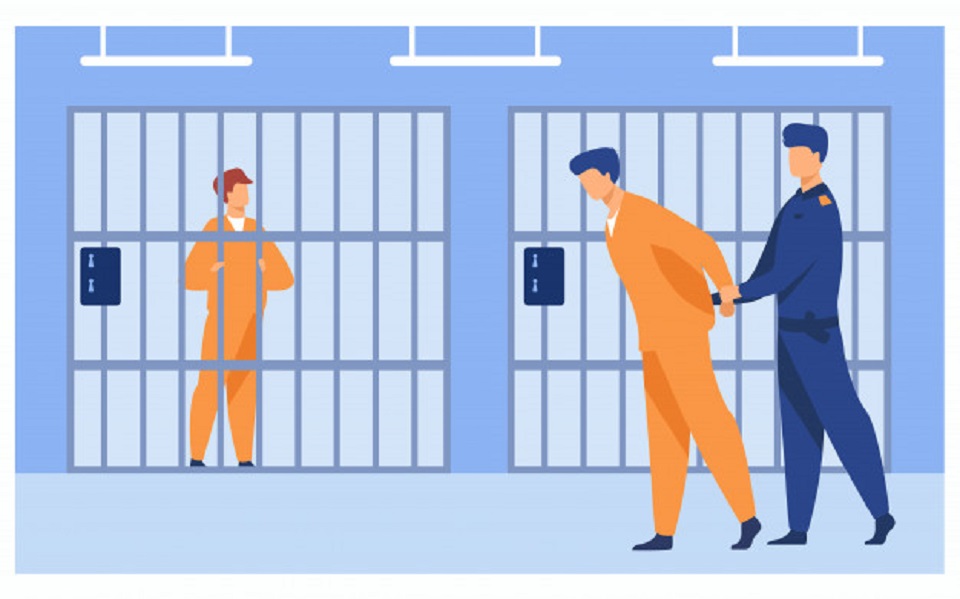

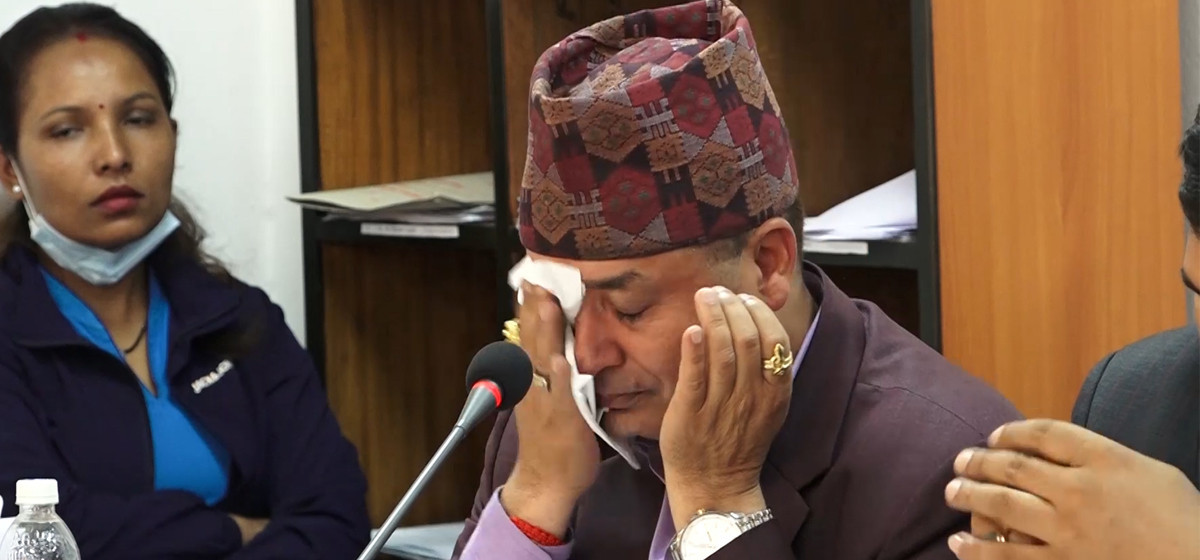

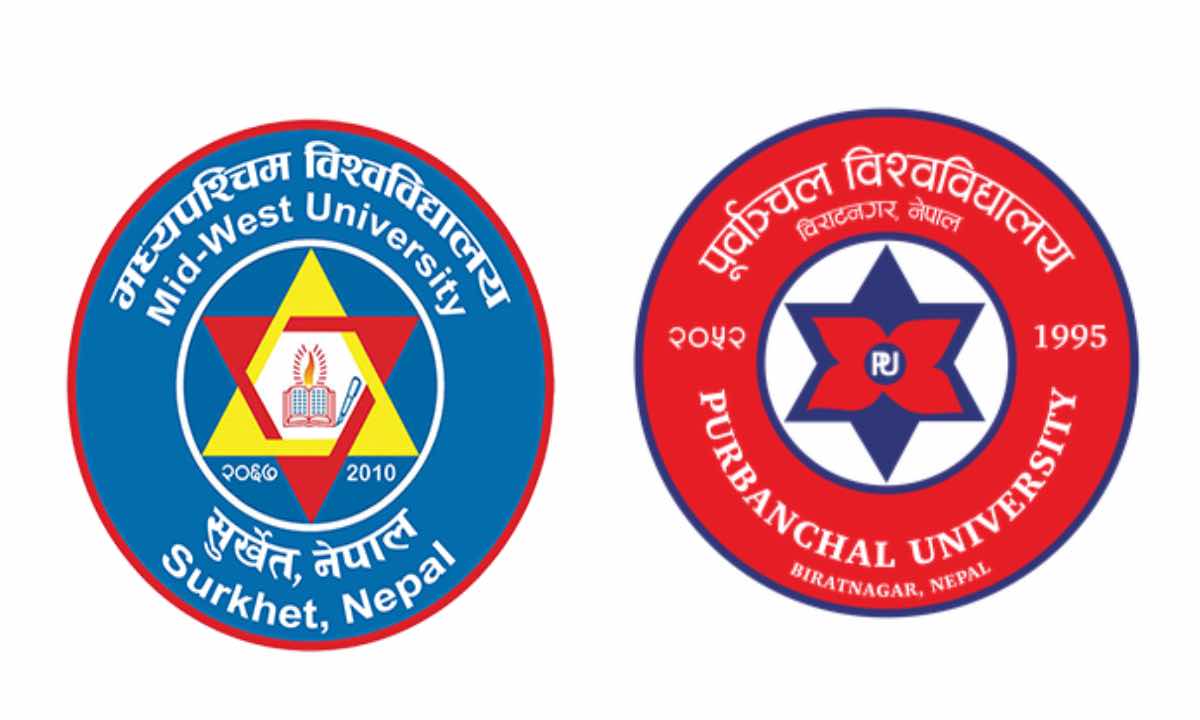
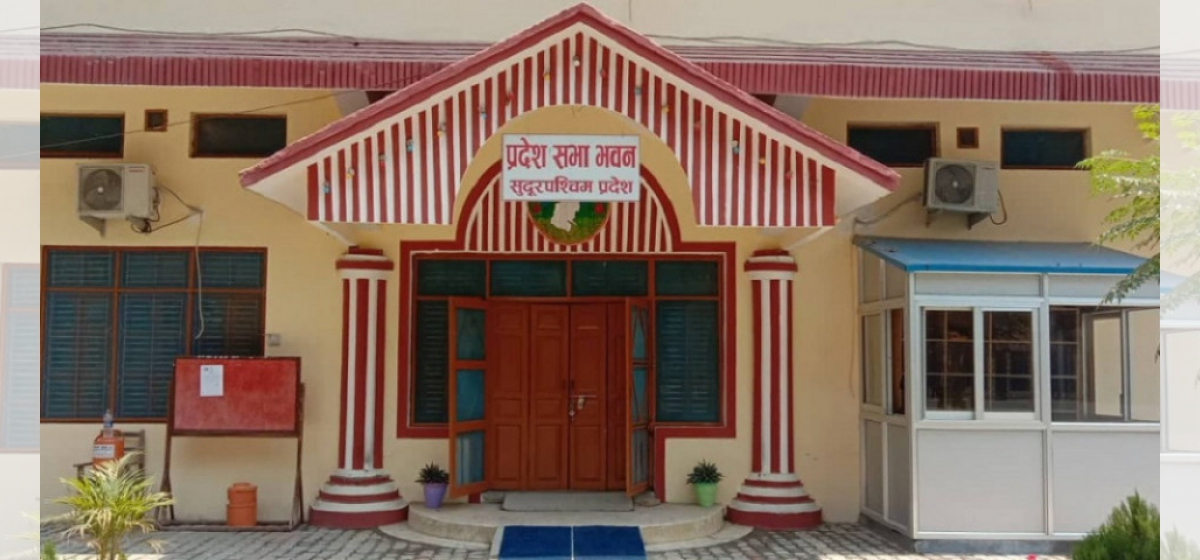
Just In
- Three individuals including the then PADT Member Secretary Milan Thapa cleared of charges in Jalhari case
- Third T20 match between Nepal and West Indies 'A' today
- VCs appointed in Purbanchal and Midwestern University
- Electricity tariff dispute deepens due to the commission’s delay
- Wildfires destroy around 300 hectares of forests in Udayapur
- International Labor Day being marked today, President Paudel calls for creating an environment for decent labor practices
- Gusty winds likely in Lumbini, Madhesh and Koshi provinces today
- Sudurpaschim cabinet expanded



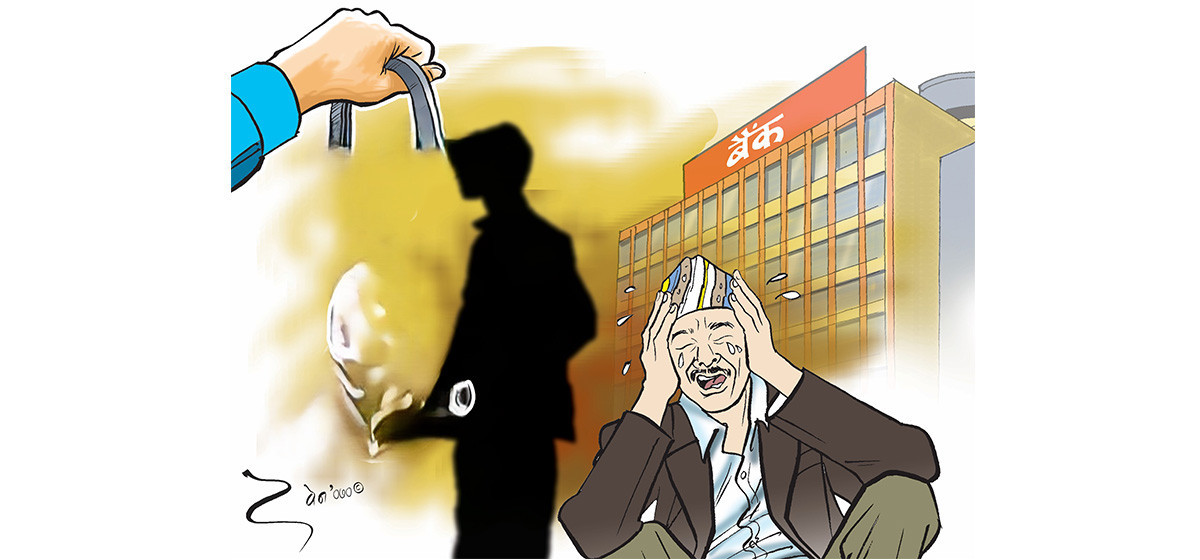








Leave A Comment